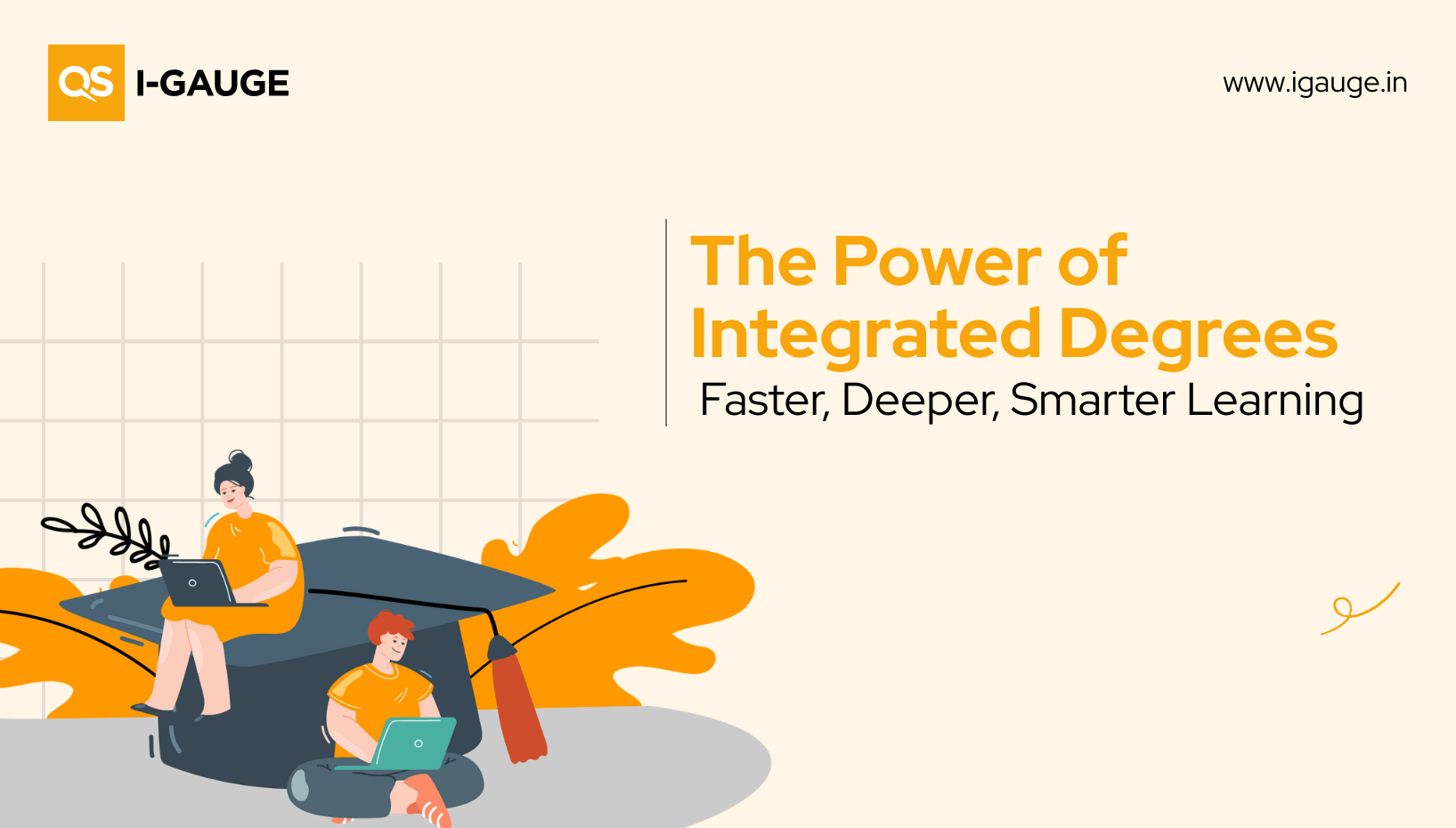
“Education breeds confidence. Confidence breeds hope. Hope breeds peace” – Confucius
This quote shows how education helps create peace and progress. Education builds confidence by giving people knowledge and skills. Confidence brings hope, which breaks down barriers like ignorance and prejudice. Hope leads to peace, where people can work together. In a peaceful world, countries can focus on developing new technologies to solve global problems like health and sustainability. Education is the first step toward peace, helping the world grow and improve through unity and innovation.
In today's interconnected world, global collaboration is vital for educational institutions to stay relevant and impactful. By working together, institutions can address global challenges, prepare students for a competitive workforce, and cultivate a generation of globally aware and responsible leaders.
Overview of virtual classrooms?
Virtual classrooms have emerged as a fundamental element of contemporary education, revolutionising conventional teaching and learning techniques into engaging, technology-enhanced experiences. Virtual classrooms are a part of online learning, offering real-time, interactive sessions that complement self-paced education, fostering engagement, collaboration, and immediate feedback within the broader online learning framework.
- Virtual classrooms are instrumental in facilitating collaboration across countries for students, especially as we progress through 2025.
- These online spaces enable real-time interactions between students and teachers, utilising video conferencing and various digital tools to replicate the atmosphere of physical classrooms.
- This groundbreaking educational approach has seen considerable growth, particularly due to recent global transitions towards remote learning.
- Virtual classrooms not only enhance learning opportunities but also prepare students for a more interconnected world.
A few statistics
- The global digital classroom market is expected to grow from $184.21 billion in 2024 to $208.54 billion in 2025, reflecting a CAGR of 13.2%. 1
- The online education market in India is projected to reach approximately $7.57 billion in revenue by 2025, with a remarkable annual growth rate (CAGR) of 25.77% from 2025 to 2029. 2
- A notable trend is emerging in vocational training and skill development programs, as institutions increasingly provide practical courses and certifications tailored to industry needs. 3
- The overall eLearning market is anticipated to reach $185.20 billion globally by 2025, growing at a CAGR of 8.56% between 2024 and 2029. 4
Relevance of Virtual Classrooms in India in 2025
Redefining education: Connecting Indian students to the world
The World Economic Forum predicts that 50% of employees will need reskilling by 2025 due to rapid technological advancements. Demand for critical thinking, problem-solving, self-management, and active learning skills is expected to soar. 5
LinkedIn's 2024 Workforce Report shows employers now value digital literacy, communication, and project management skills over academic credentials. 5
Through virtual classrooms, Indian students will have the opportunity to collaborate with peers and educators from leading global institutions without leaving their homes. Initiatives like Erasmus Virtual Exchange and Collaborative Online International Learning (COIL) 6 enable students to engage in international projects, discussions, and courses that expand their perspectives and enrich their educational journeys.
This global connectivity plays a vital role in equipping students for a workforce that increasingly values international exposure and cross-cultural competence. Additionally, the growing trend of mini certifications or skill badges empowers students to acquire specialised skills that are globally recognised, further enhancing their employability and career prospects.
Learning on your terms: The flexibility of virtual classrooms
Virtual classrooms offer unmatched flexibility, enabling students to learn at their own pace and on their own schedules. This is especially valuable for those balancing other commitments or requiring extra time to master challenging topics. With access to recorded lectures and study materials anytime, students enjoy a more personalised and adaptable learning experience.
A Learning Management System (LMS) is crucial in virtual classrooms, organising live sessions, course materials, and student interactions. It enables scheduling, integrates video tools, and tracks progress and assignments. By streamlining administration and supporting interactivity, the LMS enhances communication and fosters a more efficient and engaging virtual learning experience.
Embracing innovative educational models
The rise of virtual classrooms has driven the adoption of innovative approaches, such as the flipped classroom model. In this method, students access lesson materials online before live sessions, allowing classroom time to focus on interactive discussions and problem-solving. This approach promotes active learning and develops critical thinking skills, which are crucial in today’s job market.
Additionally, hybrid models are gaining popularity, blending online learning with in-person elements. These flexible solutions cater to diverse student needs while preserving the social interactions integral to traditional education.
Enhanced inclusivity
Virtual classrooms enhance inclusivity by providing flexible access to education for students regardless of location, physical ability, or personal circumstances. They accommodate diverse learning needs through customisable resources, recorded sessions, and interactive tools, ensuring equitable participation.
The Metaverse: A Game-Changer for Education in India
The Metaverse offers immersive learning environments, allowing students to explore virtual historical sites, conduct experiments, and simulate real-world scenarios. It facilitates global collaboration, fostering cultural exchange and preparing learners for a globalised workforce. AI integration personalises learning experiences, while gamified elements boost engagement. Real-world simulations help students practice skills without consequences, which is crucial for fields like medicine.
Relevance to India: The Metaverse can bridge educational gaps in rural areas, provide future-ready skills for India’s evolving job market, promote global citizenship through collaboration, and encourage innovative pedagogies, transforming India’s education system and empowering students nationwide.
Conclusion
In conclusion, virtual classrooms are not just a temporary response to educational challenges; they represent a fundamental shift in how education is delivered and experienced in India. As we progress through 2025, these digital platforms will continue to play a vital role in facilitating global collaboration among students and educators, ultimately enriching the educational landscape and preparing learners for a dynamic future.
Disclaimer
The blog is curated by referring to various credible sources and does not necessarily reflect the opinions or positions of QS I-GAUGE. The information provided is for general informational purposes only, readers are advised to conduct their own research and seek professional advice before making any decisions.
References:
https://www.thebusinessresearchcompany.com/report/digital-classroom-global-market-report 1
https://ekhool.com/blogs/how-indian-education-sector-can-align-with-nep 2
https://elearningstats.education/ 4
https://link.springer.com/article/10.1007/s11528-024-01000-w 6
Read more:
https://ernet.in/content/enabling-schools-smart-virtual-class-room-facility-phase-i
https://leadschool.in/blog/learning-at-home-one-of-the-many-advantages-of-a-virtual-classroom/




